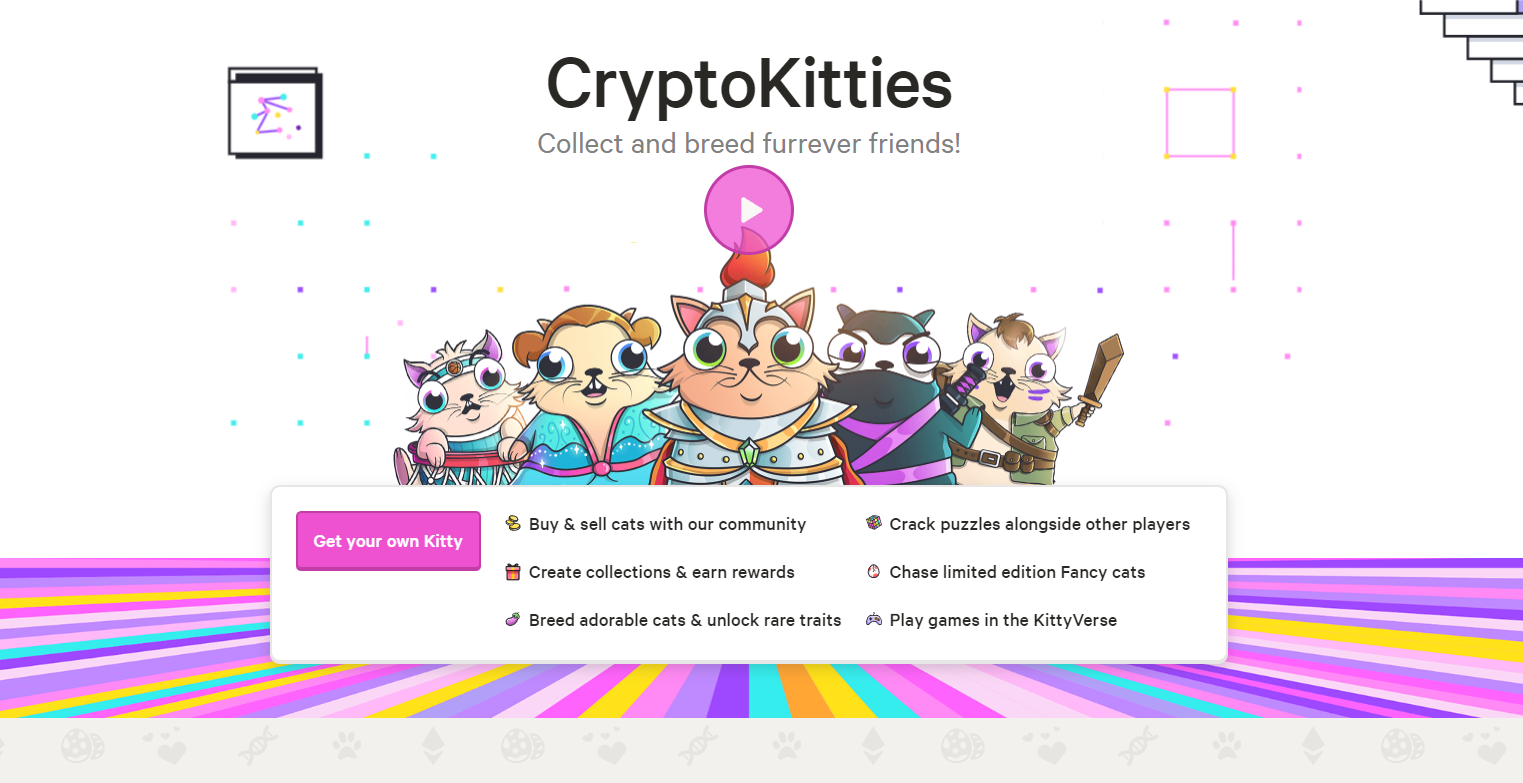In this article, we will explore how Web3 differs from Web2, the new opportunities it presents for businesses, and the challenges that come with implementing it.
How Web3 differs from Web2
Web3 is a significant departure from the previous generation of the internet, Web2, in several ways.Firstly, Web3 is focused on decentralization, which means that it is not controlled by a single entity or organization. Instead, it is powered by a network of computers and nodes that work together to provide a more transparent and secure online environment. This is in contrast to Web2, which is largely centralized and controlled by a few dominant tech companies.
Another key difference between Web3 and Web2 is the use of blockchain technology. Blockchain is a distributed ledger technology that allows for secure and transparent record-keeping. It works by creating a decentralized database that is maintained by a network of computers, rather than a single authority. This makes it virtually impossible to tamper with or manipulate data, which is crucial for creating trust in online transactions.
Finally, Web3 also incorporates smart contracts, which are self-executing contracts that are stored on the blockchain. These contracts are programmed to execute automatically when certain conditions are met, which eliminates the need for intermediaries, like lawyers or banks. This has the potential to reduce transaction costs significantly and increase efficiency in a variety of industries.
Overall, Web3 represents a major shift in the way we think about the Internet and online interactions. By leveraging decentralization, blockchain technology, and smart contracts, it has the potential to create a more transparent and secure online environment that puts users in control of their data and interactions.
New opportunities for business with Web3
Web3 presents new opportunities for businesses to leverage the benefits of decentralization, blockchain technology, and smart contracts. One of the key advantages is transparency and trust. With Web3, businesses can create a more transparent and secure online environment that puts users in control of their data and interactions. This can help build trust with customers and improve the overall user experience.Another opportunity is tokenization, which involves creating digital tokens that represent assets or value. These tokens can be used for a variety of purposes, such as facilitating online transactions, creating loyalty programs, or even raising capital through initial coin offerings (ICOs). Tokenization can help businesses unlock new revenue streams and create innovative business models.
Decentralized finance (DeFi) is another area of opportunity with Web3. DeFi refers to financial applications that are built on top of blockchain technology, such as lending and borrowing platforms, decentralized exchanges, and stablecoins. These applications are designed to be more transparent, secure, and accessible than traditional financial services, and can help businesses reduce transaction costs and improve financial inclusion.
Finally, Web3 also enables the creation of decentralized autonomous organizations (DAOs), which are organizations that are run entirely by code and governed by their members. DAOs can be used for a variety of purposes, such as managing decentralized protocols, funding public goods, or even running entire businesses. By leveraging DAOs, businesses can create more decentralized and democratic structures that are more resilient to centralized control and censorship.
Overall, Web3 presents a wide range of opportunities for businesses to innovate and create new value propositions. By leveraging transparency and trust, tokenization, DeFi, and DAOs, businesses can create more efficient and user-friendly products and services that are aligned with the values of decentralization and blockchain technology.
Challenges of implementing Web3 for businesses and how to deal with them
While Web3 presents many opportunities for businesses, there are also several challenges that need to be addressed. These include:- the lack of regulation,
- technical complexity,
- and adoption by consumers.
To avoid this challenge, it’s worth working closely with regulatory bodies to ensure they are compliant with existing regulations and help shape future regulatory frameworks.
Technical complexity is another significant challenge for businesses looking to implement Web3. Decentralized systems are often more complex than traditional centralized systems, requiring specialized knowledge and skills to build and maintain.
To ease this challenge, businesses can partner with experienced blockchain developers or invest in training programs to upskill their existing teams.
Adoption by consumers is also a significant challenge for businesses looking to implement Web3. While the benefits of decentralization and blockchain technology are clear, many consumers may not be familiar with these concepts or may be hesitant to adopt new technologies.
To address this challenge, businesses can focus on creating user-friendly products and services that are easy to use and understand. They can also invest in education and awareness campaigns to help consumers understand the benefits of Web3.
In conclusion, while implementing Web3 presents many opportunities for businesses, there are also several challenges that need to be addressed. By working closely with regulatory bodies, investing in technical expertise, and focusing on user-friendly products and services, businesses can overcome these challenges and unlock the full potential of Web3.
Popular case studies of successful Web3 businesses
CryptoKitties is a popular example of a successful Web3 business. It is a blockchain-based game that allows users to collect, breed, and trade virtual cats using Ethereum. The game became so popular that it caused congestion on the Ethereum network and raised over $12 million in funding.
CryptoKitties is an example of a successful Web 3 business.
Brave browser is another successful Web3 business that has gained popularity in recent years. It is a privacy-focused browser that blocks ads and trackers and rewards users with cryptocurrency for viewing ads. The browser has over 25 million users and has raised over $35 million in funding.
The interface of Brave browser.
Uniswap is a decentralized exchange that allows users to trade cryptocurrencies without intermediaries. It uses an automated market maker system that eliminates the need for order books and matching engines. Uniswap has become one of the most popular decentralized exchanges, with over $1 billion in daily trading volume.
These case studies demonstrate the potential of Web3 businesses to disrupt traditional industries and create new opportunities for innovation and growth. As the Web3 ecosystem continues to evolve, we can expect to see more successful businesses emerge and drive the adoption of decentralized systems and blockchain technology.
Conclusion
The future potential of Web3 for businesses is immense. With the ability to create decentralized systems and utilize blockchain technology, businesses can improve their efficiency, security, and transparency. Web3 also enables businesses to create new revenue streams and business models, such as tokenization and decentralized finance.However, to fully realize the potential of Web3, it is crucial for businesses to stay ahead of the curve in technology advancements. This means investing in research and development, collaborating with other innovators, and being open to new ideas and approaches. By doing so, businesses can remain competitive and adapt to the rapidly changing technological landscape.
Moreover, staying ahead of the curve in technology advancements can also help businesses to better serve their customers. By leveraging Web3 technologies, businesses can provide more personalized and secure services, creating a better user experience and building trust with their customers.
Contact us to learn more about how we can help your business take advantage of Web3 technologies. We are ready to offer an individual approach to your needs and develop solutions that will best suit your goals.